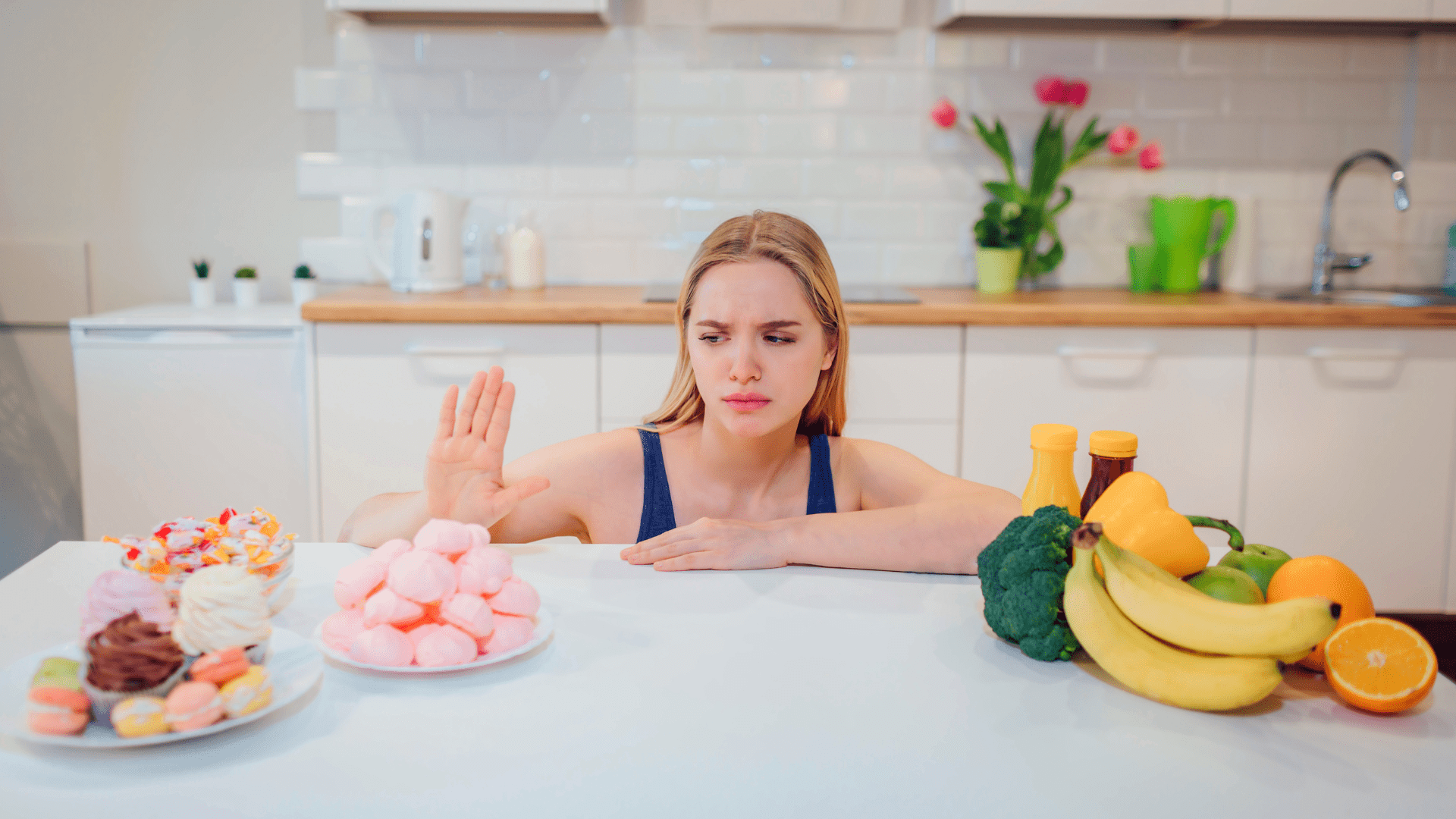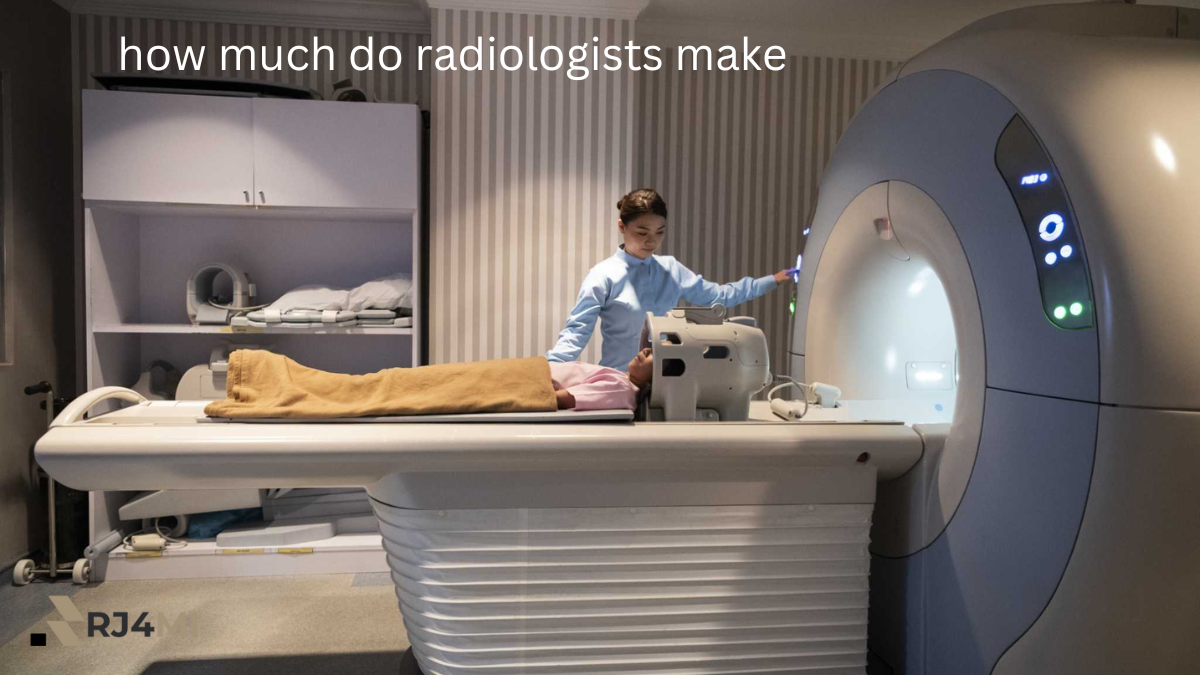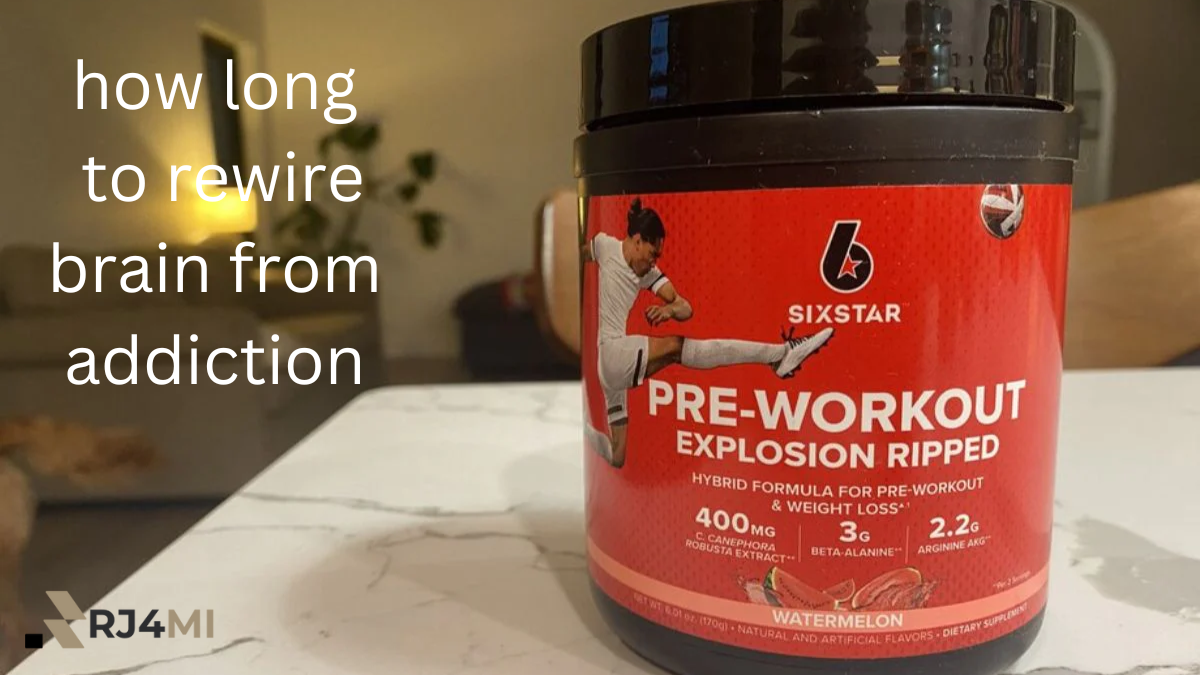Table of Contents
Introduction to Glipizide and Its Role in Diabetes Management
Managing diabetes effectively requires medical intervention and a thoughtful approach to diet. One key medication used to manage blood sugar levels in people with type 2 diabetes is Glipizide. Glipizide is a pill that belongs to a group called sulfonylureas.
It helps the body use insulin better. Glipizide helps lower blood glucose levels by making the pancreas release more insulin.
However, it’s not just the medication that matters when managing diabetes—what you eat is critical. If you’re taking Glipizide, it’s important to know which foods to avoid while taking glipizide. This helps make the medication work better and reduces side effects.
Avoiding certain foods to avoid while taking glipizide helps the medication work well, keeping blood sugar levels stable. Eating a balanced diet and avoiding foods to avoid while taking glipizide can help the medicine work better and boost your overall health.
Foods to Avoid While Taking Glipizide: What is Glipizide?
Glipizide is a prescription medication used to manage type 2 diabetes. It works by increasing insulin production from the pancreas and making the body more responsive to insulin. As a result, Glipizide helps lower blood sugar levels, which is crucial for people with diabetes.
How Glipizide Helps Manage Blood Sugar Levels
Glipizide binds to receptors on pancreatic cells. This action prompts insulin release, which lowers blood glucose levels. For people with type 2 diabetes, Glipizide is often included in a treatment plan. This plan usually combines it with diet changes, exercise, and sometimes other medications.
Importance of Diet While Taking Glipizide
Dietary choices play a significant role in managing diabetes. Glipizide helps control blood sugar by boosting insulin secretion. So, the foods you eat can affect how well the medicine works. Some foods can enhance or hinder Glipizide’s effectiveness, so knowing which foods to avoid is essential.
Foods to Avoid While Taking Glipizide
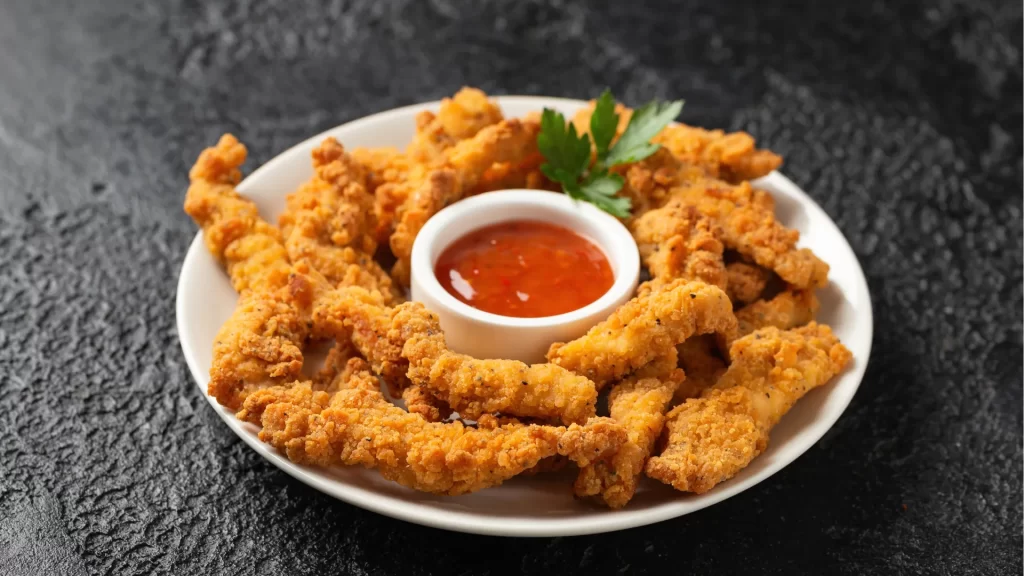
Avoid severe foods to keep blood sugar steady. This helps prevent complications like hypoglycemia (low blood sugar). Below is a list of common foods that may interfere with the medication’s action or cause unwanted side effects.
High-Sugar Foods and Their Impact on Blood Sugar
High-sugar foods such as candies, sugary drinks, and desserts can cause a rapid spike in blood sugar. Glipizide lowers blood sugar, but eating sugary foods can disrupt its effect on glucose levels. This could lead to hyperglycemia (high blood sugar), counteracting the benefits of Glipizide.
Avoid sugary snacks. Instead, focus on whole foods. Better options include whole grains, fruits, and veggies. They help keep blood sugar steady.
Foods with High Glycemic Index
The rate at which blood sugar levels rise is measured by the glycemic index (GI).Good sources are avocados, nuts, seeds, and olive oil.
Foods with a high GI, such as white bread, white rice, and baked potatoes, can cause rapid increases in blood sugar. If you’re taking Glipizide, it’s best to avoid high-GI foods. These foods can mess with the medicine’s goal of keeping your blood sugar stable.
Opt for foods with a low glycemic index, like whole grains, legumes, and non-starchy vegetables. These foods release glucose more slowly and prevent large fluctuations in blood sugar.
Refined Carbs and Processed Foods
Refined carbohydrates, including pasta made from white flour, baked goods, and snack foods, can cause blood sugar spikes. These foods often have a high glycemic index and are low in fibre, making them less ideal for glipizide users.
Processed foods are often high in unhealthy fats, sodium, and artificial additives. These can hurt your overall health and make diabetes harder to manage. To make Glipizide work better, skip heavily processed foods. Instead, choose whole, unrefined options like whole grains, fruits, and vegetables.
Alcohol and Its Effects on Glipizide Treatment
Alcohol can have significant effects on blood sugar levels and can interfere with the action of Glipizide. Alcohol may cause hypoglycemia, especially when consumed in large amounts or on an empty stomach. Moderate drinking can be okay for some people. However, it’s important to check blood sugar levels closely.
Also, talk to a healthcare provider to find out what is safe for you. Avoid alcohol consumption, especially in excess, to prevent adverse interactions with Glipizide. If you choose to drink, do so cautiously and always with food.
High-fat and Fried Foods
High-fat foods, like fried items, can raise the risk of heart disease. They can also make insulin resistance worse. For people with diabetes, this can make Glipizide less effective. It works better when paired with a healthy lifestyle and balanced diet. High-fat foods can slow down gastric emptying. This means the body absorbs medications like Glipizide more slowly.
To make Glipizide work better, eat healthy fats. Nuts, seeds, avocados, and olive oil are all good sources. Avoid fatty and fried foods as well.
Excessive Salt and Sodium-Rich Foods
Too much salt can increase blood pressure. This puts extra strain on the kidneys. Many people with diabetes already have stressed kidneys. Glipizide, like other diabetes drugs, can stress the kidneys. So, it’s important to avoid high-sodium foods. This includes processed meats, canned soups, and fast food.
Aim for a low-sodium diet with fresh, whole foods and minimally processed items for optimal health and the best response to Glipizide.
Recommended Dosage and Timing for Glipizide
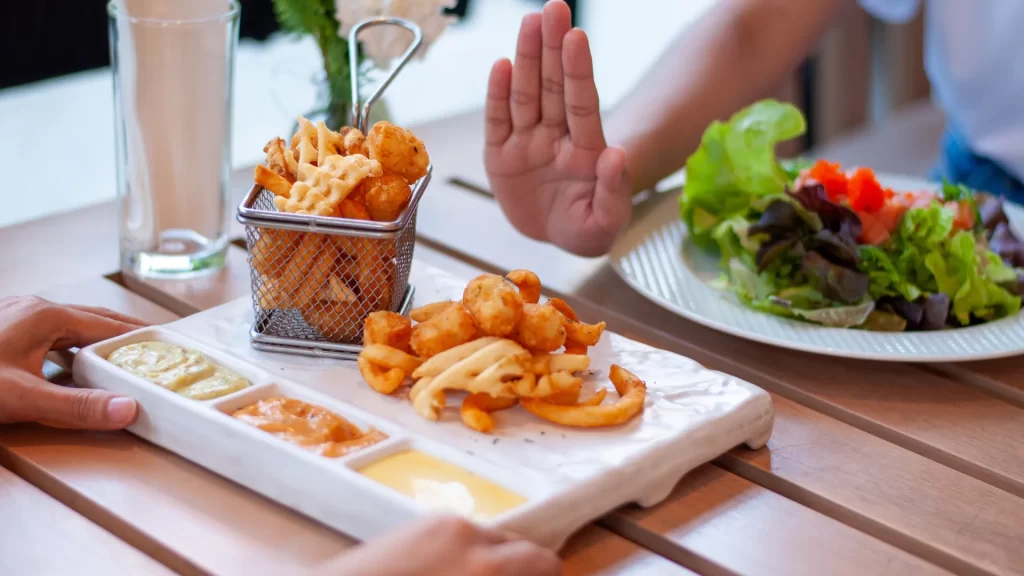
For Glipizide to be effective, it must be taken in the correct dosage and at the right time. However, with proper dosing, it is essential to avoid certain foods while taking Glipizide. Certain foods may have an impact on the medication’s effectiveness. This may cause unstable blood sugar levels.
Typical Dosage and How to Take Glipizide
The usual starting dose of Glipizide is 5 mg each day. Doctors may adjust this based on your blood sugar levels and how you respond to the medication. It is usually taken once daily with breakfast, but the specific dosage and timing will depend on your doctor’s recommendation.
Timing Your Dose: Before or After Meals?
Glipizide is generally taken about 30 minutes before a meal, which helps reduce the risk of low blood sugar after eating. To make sure the medication works well, follow your healthcare provider’s instructions.
Adjusting Dosage Based on Blood Sugar Levels
Your doctor may adjust your glipizide dosage based on your blood sugar levels. If you see changes in your blood sugar or feel symptoms of low or high blood sugar, talk to your doctor. They can help you find the right dosage for you.
What to Do if You Miss a Dose
If you miss a dose of Glipizide, take it as soon as you remember unless it’s almost time for your next dose. Never take a double dose to make up for a missed one, as this could increase the risk of hypoglycemia.
Also Read: Pre Workout Kick: How Long Does the Energy Stick?
Dietary Tips for Managing Blood Sugar Levels with Glipizide
Dietary choices are key to maintaining stable blood sugar levels when taking Glipizide. Being aware of foods to avoid while taking Glipizide is crucial for managing blood glucose effectively. Here are some dietary tips that can help improve the effectiveness of Glipizide and support better blood sugar control.
Incorporating Low-Glycemic Foods into Your Diet
Low-glycemic foods release glucose into the bloodstream slowly, helping prevent blood sugar spikes. Examples include whole grains, legumes, vegetables, and fruits like apples and berries. Adding these foods to your diet helps manage blood sugar. They also support how Glipizide works.
The Role of Fiber-Rich Foods in Blood Sugar Control
Fiber is essential for controlling blood sugar levels. It slows down how the body digests and absorbs carbs, helping prevent quick spikes in blood sugar.
Eating high-fiber foods like vegetables, legumes, and whole grains can help keep your blood sugar steady when taking Glipizide. In addition, being mindful of foods to avoid while taking Glipizide ensures that you’re not consuming foods that could counteract the medication’s effectiveness.
Healthy Fats and Protein for Balanced Meals
Incorporate healthy fats, such as those found in olive oil, nuts, and seeds, into your meals. Pairing protein with carbohydrates can also help balance blood sugar levels. This is especially important for people on Glipizide. Stable blood glucose levels are key for the best treatment results.
Importance of Regular Meal Timing
Eating regular, balanced meals throughout the day helps prevent blood sugar fluctuations. Skipping meals or eating at odd times can affect how Glipizide works. This may cause blood sugar to go too high or too low.
Hydration and Its Effect on Glipizide’s Efficiency
Staying hydrated is vital for everyone, but it’s essential for people taking Glipizide. Staying hydrated helps the kidneys remove extra glucose. This boosts how well Glipizide works.
Side Effects of Glipizide and How Diet Can Help
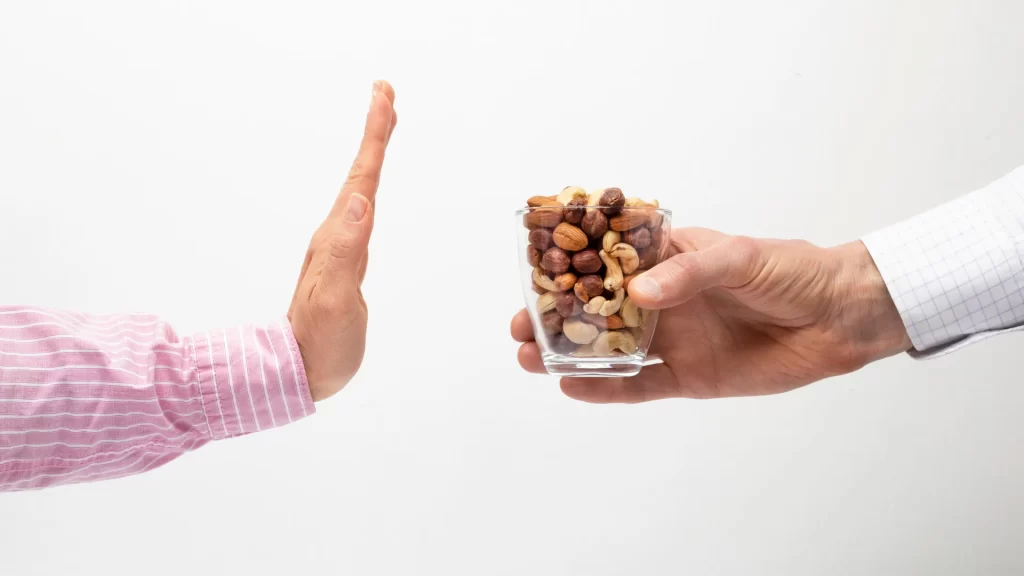
Glipizide helps control blood sugar, but it can cause side effects. These include hypoglycemia, stomach problems, and allergic reactions. To minimize these side effects, it’s essential to be aware of foods to avoid while taking Glipizide. Certain foods can worsen side effects or interfere with the medication’s effectiveness.
Common Side Effects of Glipizide
Some common side effects of Glipizide include nausea, vomiting, dizziness, and low blood sugar. Adjusting your diet to include more complex carbohydrates and fibre can help reduce the likelihood of these issues.
How Diet Can Mitigate Side Effects
A balanced diet with fiber, healthy fats, and low-glycemic foods can help prevent side effects of Glipizide. This includes blood sugar imbalances and digestive issues.
When to Discuss Side Effects with a Healthcare Professional
Call your healthcare provider right away if you have severe side effects. This includes extreme dizziness, fainting, or an allergic reaction to Glipizide. Adjusting your diet and medication may be necessary.
Also Read: How Much Do Radiologists Make? Uncover the Surprising Numbers!
Monitoring Your Blood Sugar While on Glipizide
Regular blood sugar monitoring is essential for managing diabetes while on Glipizide. This ensures your medication works effectively and allows you to adjust your diet and treatment plan as needed. To keep blood sugar levels steady, it’s important to know which foods to avoid while taking Glipizide.
Avoiding certain foods to avoid while taking Glipizide can help you prevent issues like blood sugar spikes or dips. Being mindful of foods to avoid while taking Glipizide helps improve how well the medication works and supports overall health.
Best Practices for Blood Sugar Monitoring
Check your blood sugar levels regularly, especially before meals and at bedtime. This will help you stay on top of any fluctuations and adjust your diet accordingly.
How to Adjust Diet and Medication Based on Readings
If your blood sugar is consistently high or low, you may need to adjust your glipizide dosage or make changes to your diet. Choose the appropriate course of action in consultation with your healthcare provider.
What to Do in Case of Hypoglycemia (Low Blood Sugar)
Suppose you experience symptoms of hypoglycemia, such as sweating, shaking, or confusion. In that case, it’s essential to consume a quick source of sugar, like glucose tablets or fruit juice, to raise your blood sugar to a safe level.
Additionally, it’s important to be mindful of foods to avoid while taking Glipizide, as certain foods can contribute to blood sugar fluctuations. Avoiding these foods to avoid while taking Glipizide helps reduce the risk of hypoglycemia and other complications.
Special Considerations for Glipizide Users
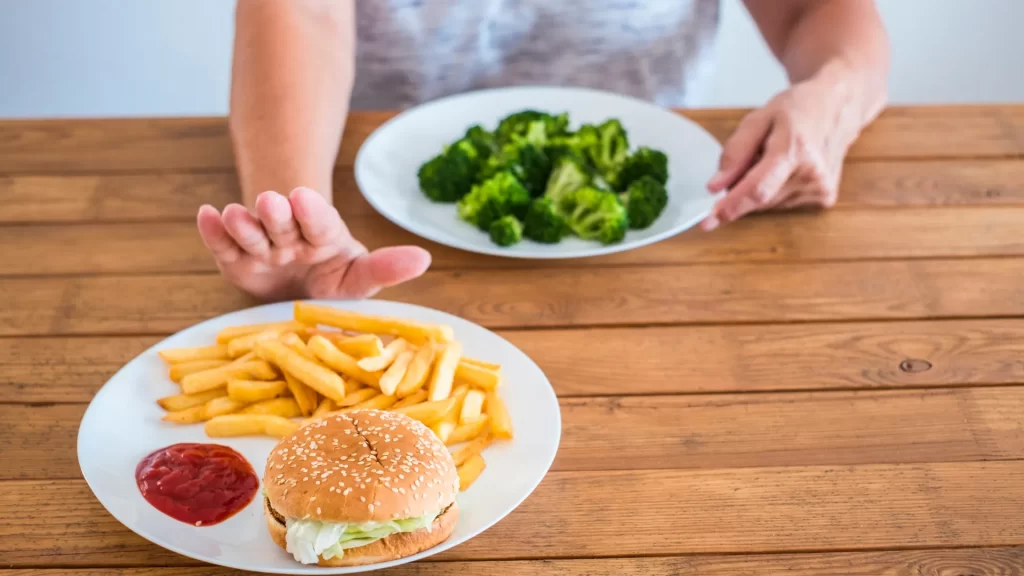
People on Glipizide may have additional health concerns that require special consideration. Being aware of foods to avoid while taking Glipizide is important to ensure the medication works effectively and to avoid potential complications.
Glipizide and Kidney Health
The kidneys handle Glipizide. So, people with kidney problems should be cautious when using this medicine. Before starting Glipizide, talk to your doctor about any pre-existing kidney conditions.
Managing Glipizide with Other Medications
You should be aware of potential interactions if you’re taking other medications along with Glipizide. Always consult your healthcare provider to ensure there are no conflicts with your current treatment plan.
Lifestyle Changes to Support Glipizide Therapy
Making lifestyle changes can boost the effectiveness of Glipizide. Regular exercise, managing stress, and eating a balanced diet are key. These steps help improve overall diabetes management.
Healthy Eating Habits for Successful Glipizide Treatment
To manage type 2 diabetes with Glipizide, you need the right medication and smart food choices. Being aware of foods to avoid while taking Glipizide is crucial to ensure the medication works effectively. Avoiding certain foods to avoid while taking Glipizide can help prevent unwanted spikes or drops in blood sugar.
Additionally, choosing healthier options makes a difference. This way, people can boost the medication’s effects, lessen side effects, and better control blood sugar. Regular monitoring and a healthy lifestyle support Glipizide. This helps users live healthier, more balanced lives.

